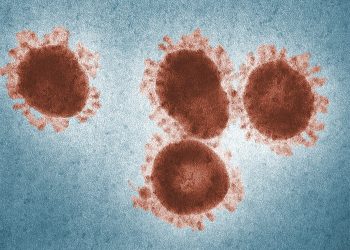The World Health Organization has no evidence to support the presence of coronavirus in the form of viral particulars floating indoors. On the contrary, the scientist and experts believe that the virus is airborne and is infecting the people who contact the infected area.
Coronavirus has continued to infect people worldwide, in their homes, restaurants, markets, offices, and parks. Experts believe that the virus lingers in the air and therefore infected the population even with stay-at-home precautions.
WHO has received an open letter from 32 countries and 239 scientists who pointed out that the small particles released during coughing or sneezing and are airborne. The particles can move along the room and stay in the air, and a person who contacts the particle can get infected. The researchers are expected to publish their letter in the coming week in a scientific journal.
WHO stands by the theory that COVID-19 spreads through the respiratory droplets, released when infected individual coughs or sneezes, and these are light, so they quickly fall on the floor. The latest update by WHO said that airborne transmission of the virus is only possible for smaller droplets (5 microns) or analysis of medical procedures.
The technical lead on infection control from WHO, Dr Benedetta Allegranzi said,
“Especially in the last couple of months, we have been stating several times that we consider airborne transmission as possible but certainly not supported by solid or even clear evidence. There is a strong debate on this.”
The experts say that the coronavirus is airborne and when a person sneezes, the droplets can glide in the length of the room. So when inhaled, these droplets can infect people. Dr Morawska and colleagues suggested that airborne transmission is indicated in several situations, especially the indoor space with poor ventilation.
And to clean the aerosols, ultraviolet radiation procedures are taken to control the spread of infection. An expert in airborne transmission of viruses, Linsey Marr, from Virginia Tech said,
“We have known since 1946 that coughing and talking generate aerosols.”
However, WHO accepts that coronavirus can be transmitted through contact with surfaces, and believes that the transmission without symptoms is rare. The experts and WHO have stressed to wear masks, wash hands, avoid crowded places, and follow the directions of respective governments to stay at home.












